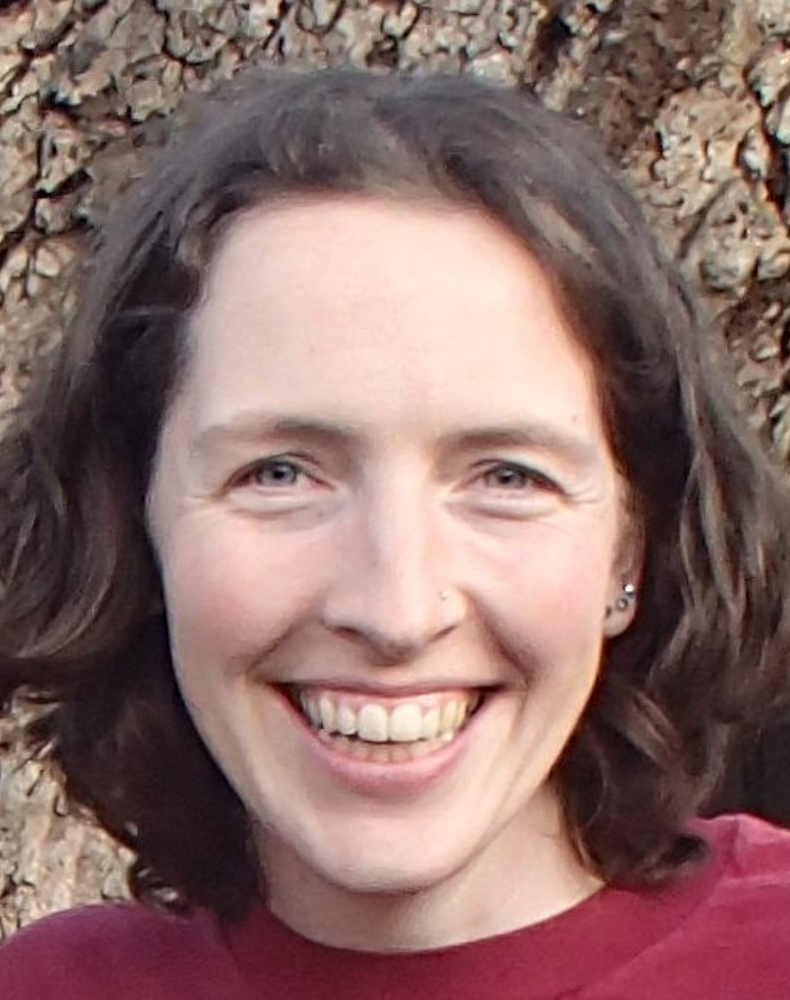
Dr. Samantha Lawler
University of ReginaEmail: Samantha.Lawler@uregina.ca
Speaker webpage: www.uregina.ca/science/physics/people/faculty-research/samantha-lawler/index.html
 |
Dr. Samantha LawlerUniversity of ReginaEmail: Samantha.Lawler@uregina.ca Speaker webpage: www.uregina.ca/science/physics/people/faculty-research/samantha-lawler/index.html |
The Outer Solar System Origins Survey (OSSOS) was a 5 year survey on the Canada-France-Hawaii Telescope that discovered over 800 new trans-Neptunian objects (TNOs) with some of the most precisely-measured orbits to date. OSSOS was designed to carefully track all possible observational biases, and account for these biases via Survey Simulator software that can be used to statistically test different TNO orbital distribution models. Accounting for all possible survey biases is particularly important for high-pericenter TNOs, which are only detectable for a small fraction of their orbit. High-pericenter TNOs have recently been in the news for showing an apparent clustering in their orbital distribution, which some propose is caused by an additional planet in the distant Solar System (popularly referred to as Planet 9). But is this apparent orbital clustering real? I will discuss the distribution of these hard-to-detect high-pericenter TNOs, as well as other interesting discoveries from the OSSOS survey, such as the orbital structure of resonances and implications for Neptune’s migration.
Samantha Lawer is an Assisant Professor of Physics & Astronomy who is a dynamical modeler with a strong background in observational astronomy. Much of Dr. Lawler's work involves "observing" imaginary planets and dust using computer code, but she still gets a lot of opportunity to compare predictions with real data from real telescopes. Dr. Lawler studies the orbits of planets and how they evolve over time. By studying the orbits of Kuiper Belt objects and carefully taking into account observational biases, we can learn about how the giant planets migrated in the early days of the Solar System. In exoplanet systems, we can use the structure of debris disks (dusty disks around stars made by colliding asteroids) to find exoplanets that would otherwise be invisible.